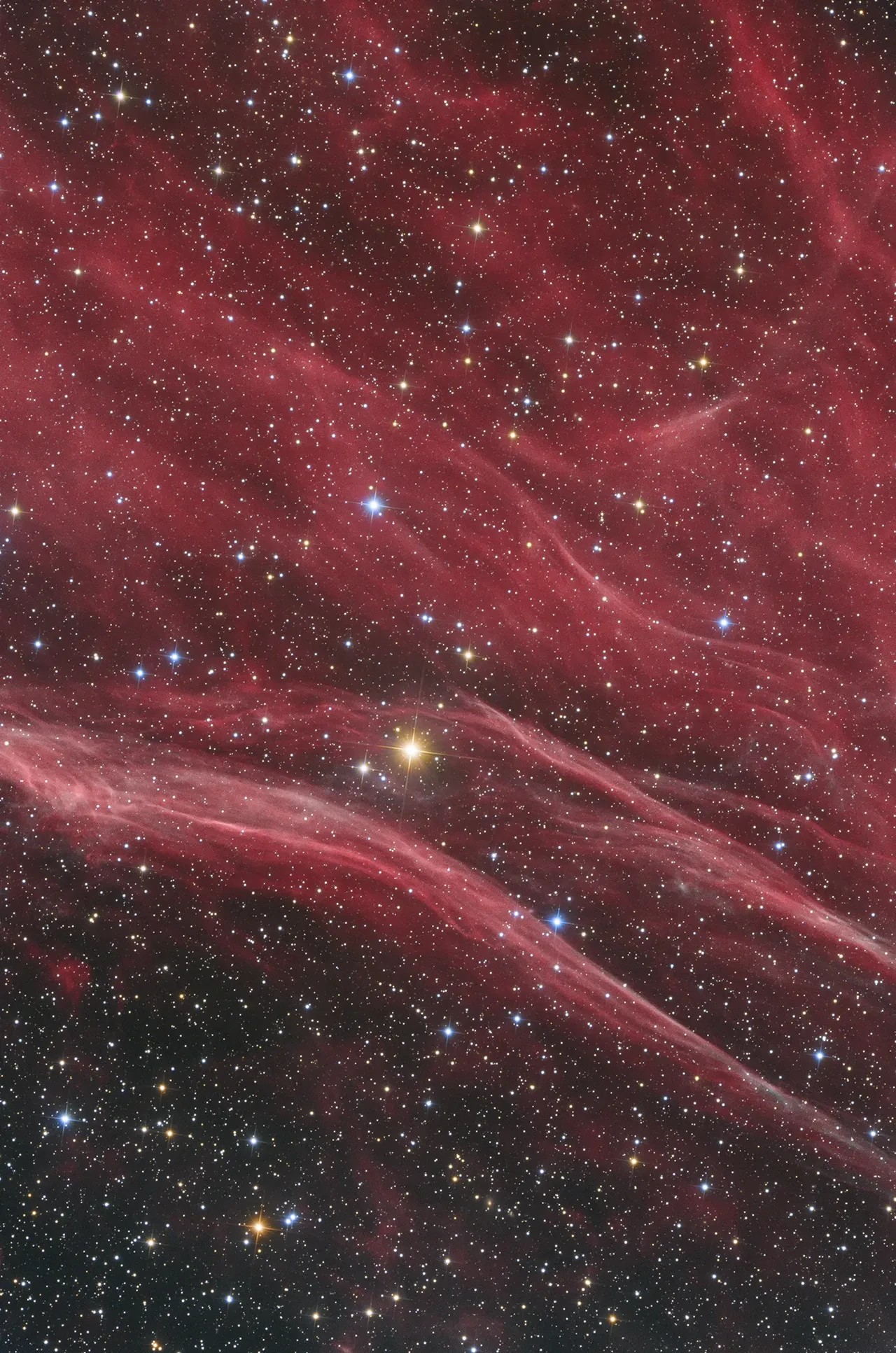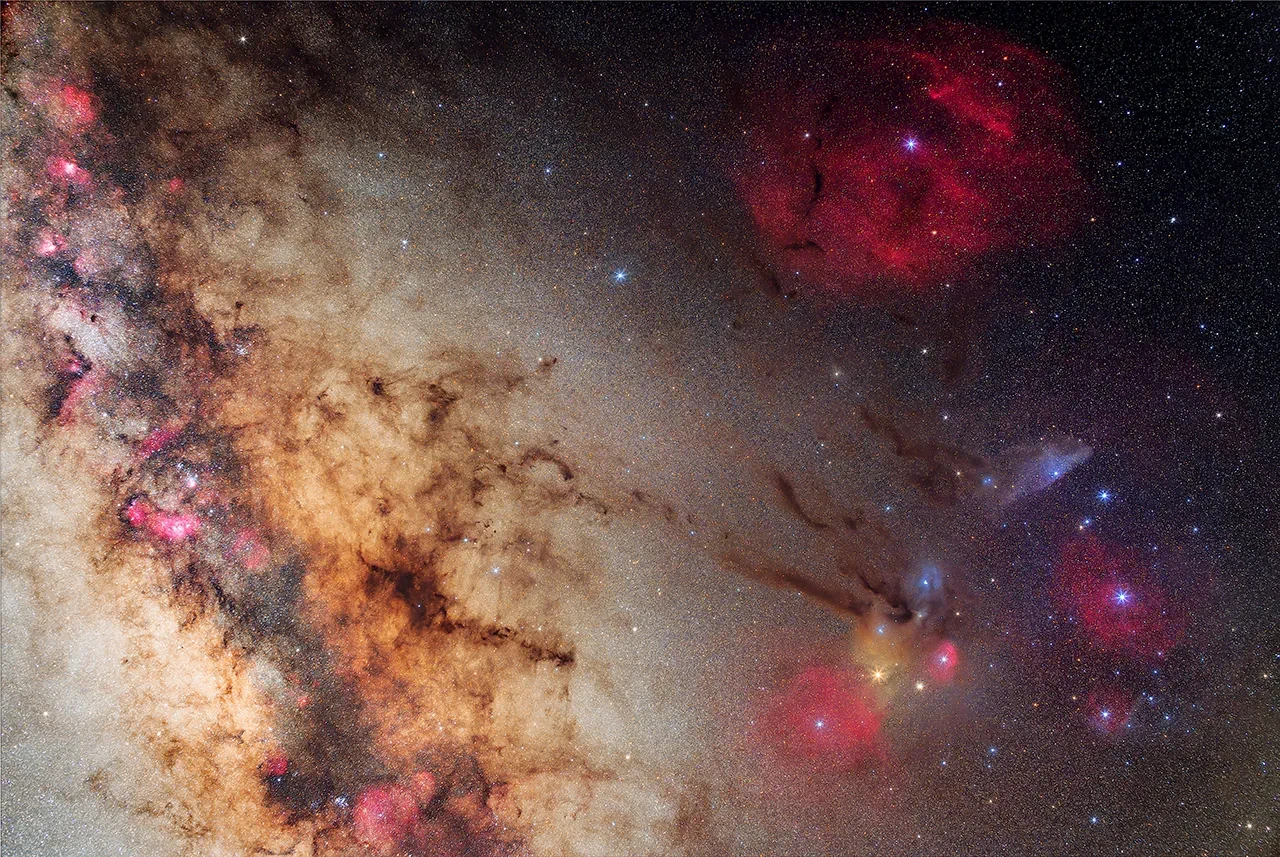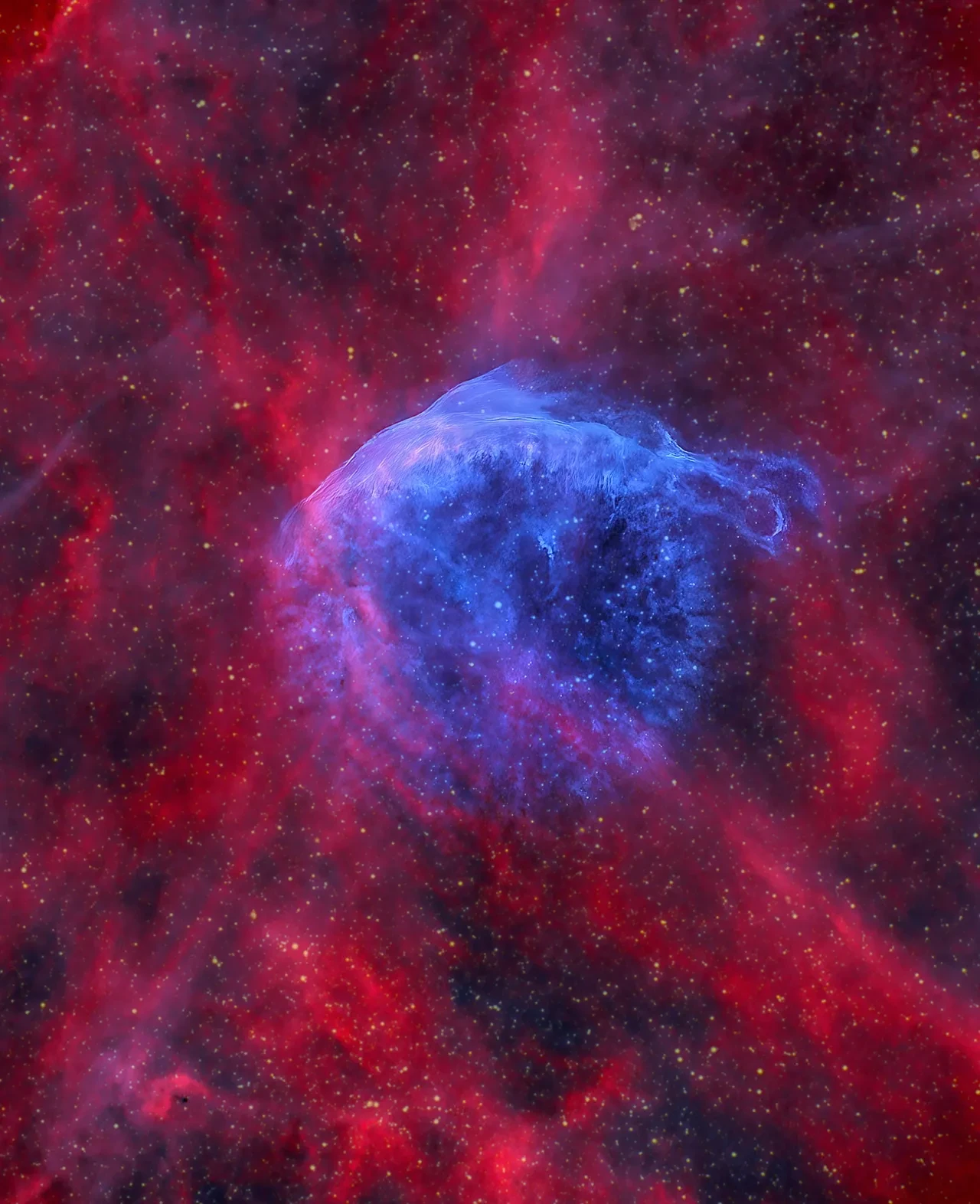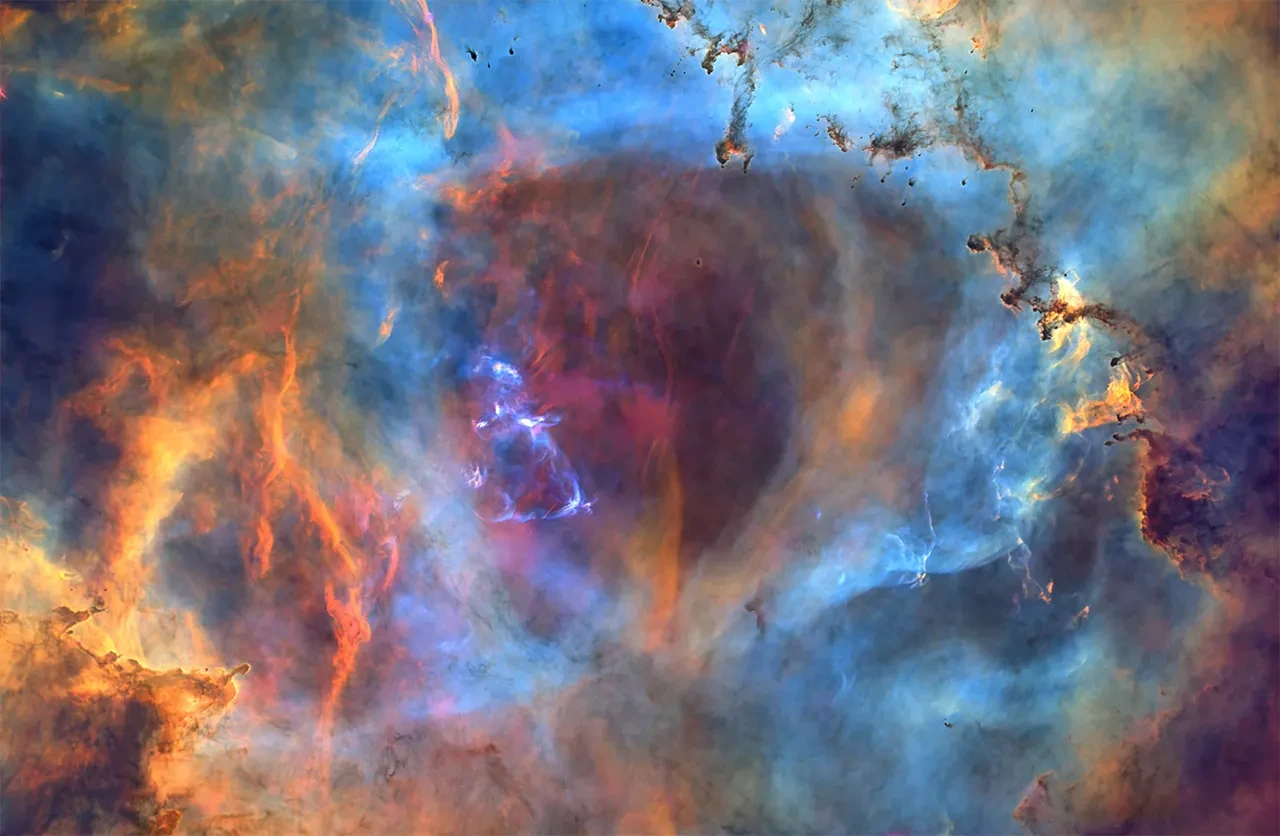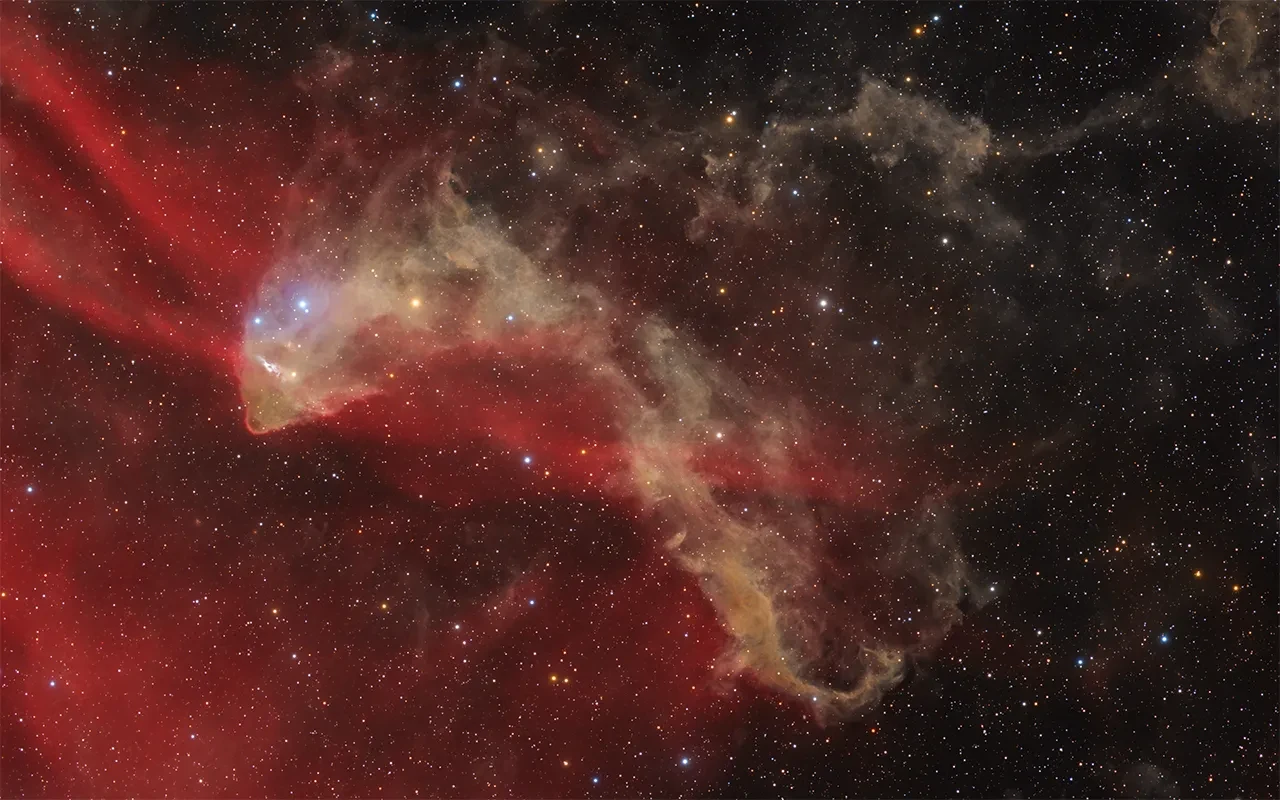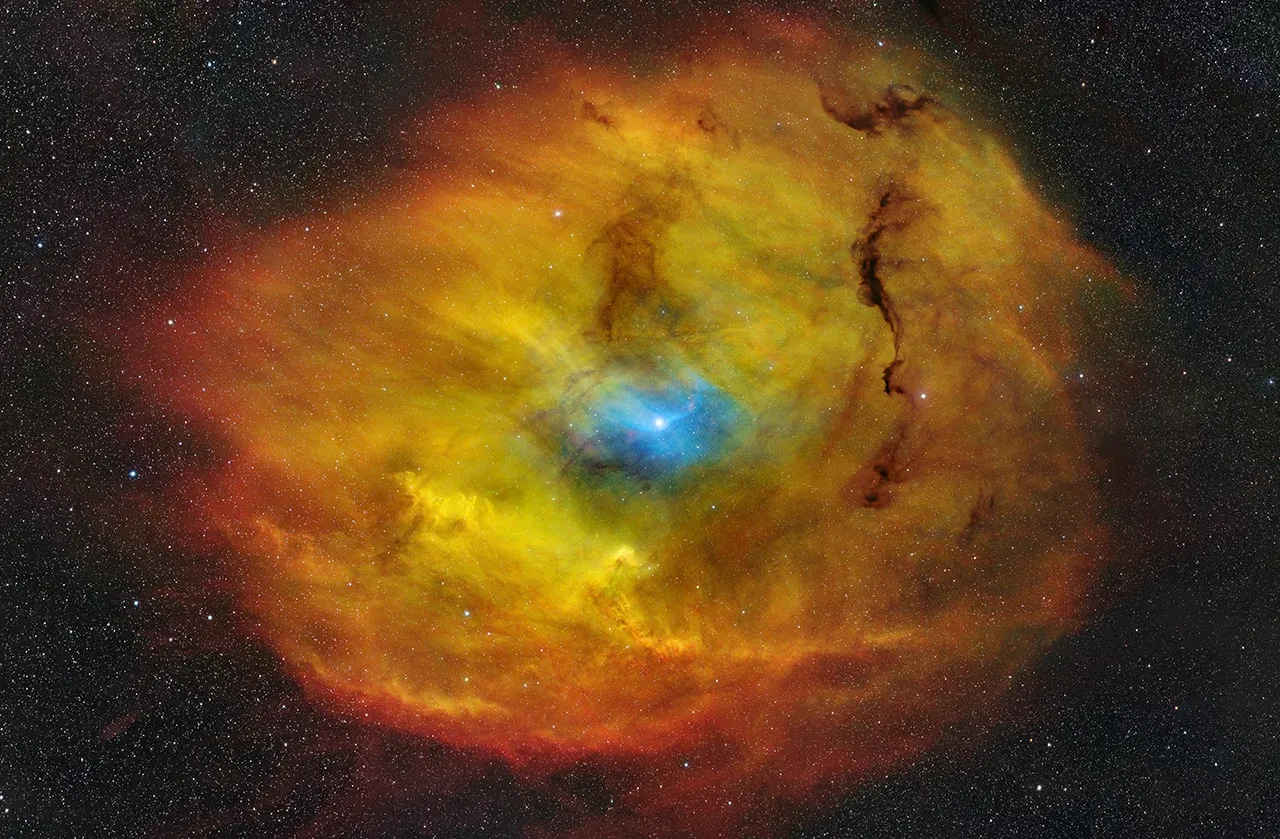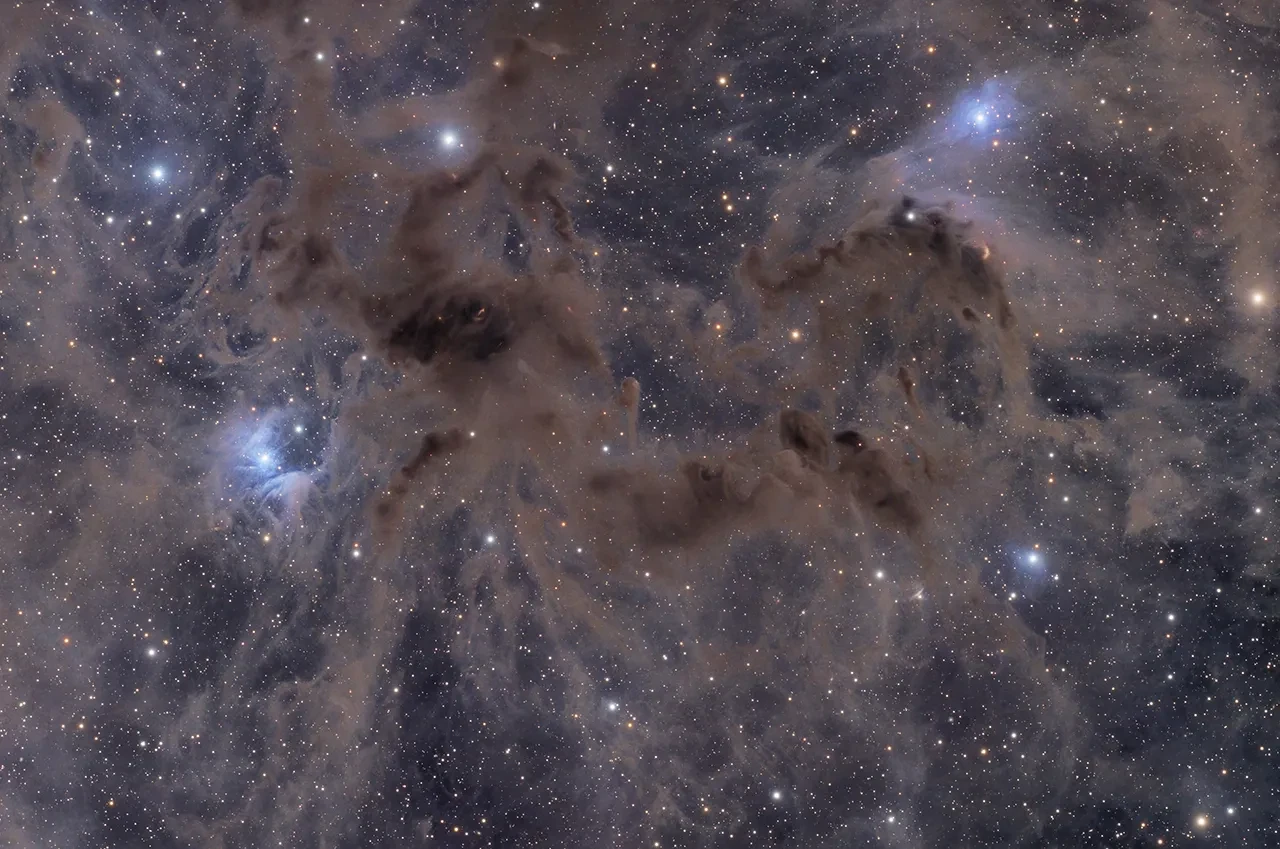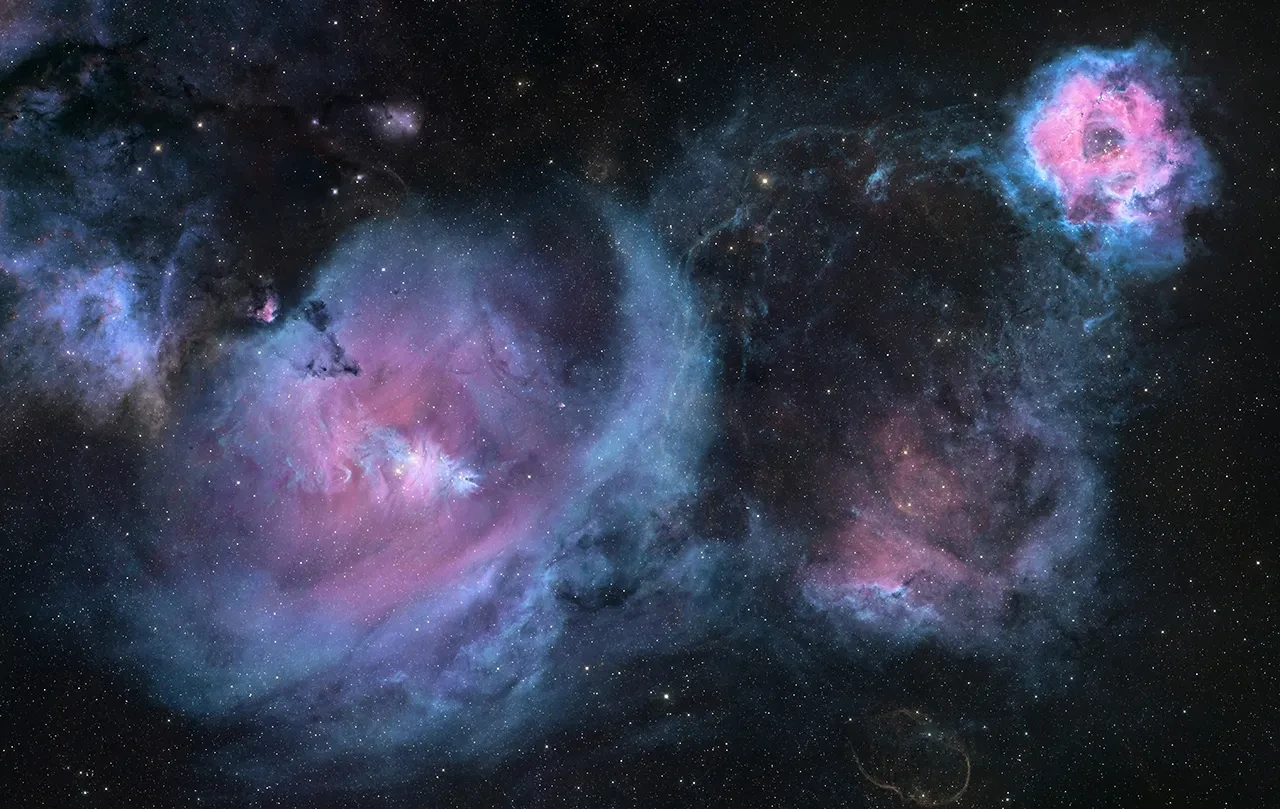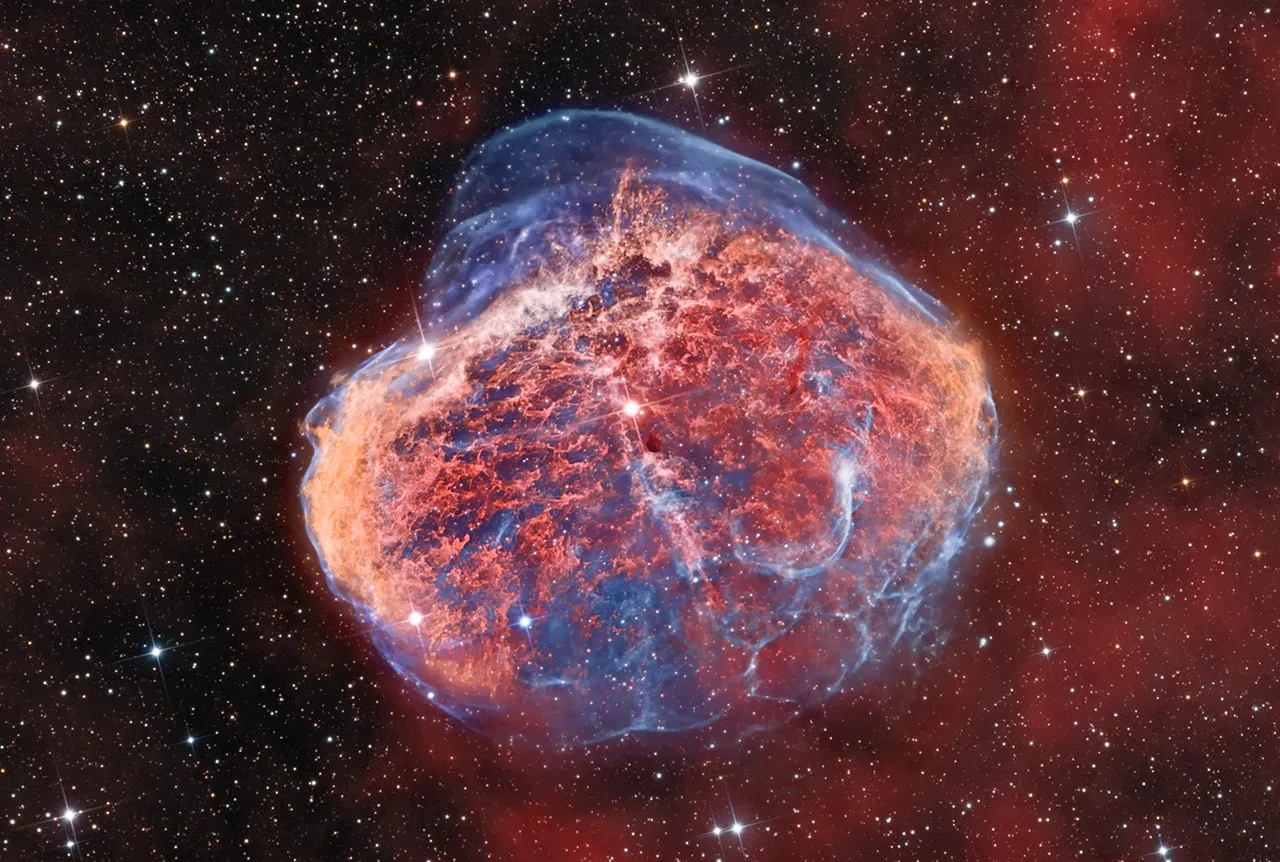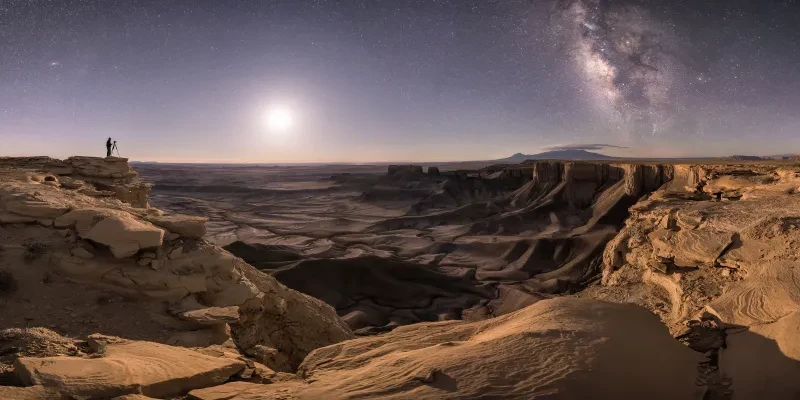The shortlisted photographs in this category explore the life and death of stars, revealing the variety of nebulae our Universe contains.
We have nebulae that are shapeless, while others resemble creatures or objects we find here on Earth. A couple of images capture strange, mysterious stars, and we’re even presented with our own dusty galactic centre, surrounded by stars and star-forming regions.
While immense skill is required to capture these celestial objects, technique is just part of the equation.
This year’s photographers have also shown patience, perseverance and a sense of aesthetics. The choice of colours used is ultimately down to the photographers themselves. In every case, the physical nature of these stars and nebulae is enhanced to create truly spectacular images.
See the stunning shortlisted and winning images below.
The winning image
The Eye of God by Weitang Liang

Image taken in Río Hurtado, Coquimbo Region, Chile
"This ultra-deep exposure of the ‘Eye of God’, also known as the Helix Nebula or NGC 7293, reveals the glorious colours of the core and rarely seen surrounding details," Weitang explains.
"I was very curious to enhance all the faint but high-contrast details that are never seen in other images. So, I used 30-minute sub-exposures in both H-alpha and OIII emissions throughout the observable season. Finally, I got 22.5 hours of perfect data. I tried my best to make the image ‘Hubble-like’ and was lucky enough to get this result.
"The core appears in purple and cyan, creating an ethereal and dreamy feeling. The stunning orange, red and yellow outer region shows the power of the cosmos – all the matter is moving, colliding and tumbling."
Equipment used: ASA N20 f/3.8 Newtonian telescope, ASA DDM85 mount, FLI Proline 16803 camera, 500 mm f/3.8, 22.5 hours total exposure
The photographer has brilliantly drawn out the minute detail and vibrant colours of the Helix nebula to create this dramatic image that really captures your attention and makes it difficult to look away.
Melissa Brobby, competition judge
Runner-up
What a Flaming Star! by Martin Cohen

Image taken in Fareham, Hampshire, UK
"The Flaming Star Nebula (IC 405, SH 2-229 or Caldwell 31) is an emission and reflection nebula in the constellation Auriga. It lies about 1,500 light years from Earth and is about 5 light years across," Martin Cohen says of his target.
"This image was taken using narrowband (SII (singly ionized sulphur), H-alpha and OIII (doubly ionized oxygen)) filters and a very fast f/1.8 telescope setup. As a result, incredibly faint areas of dust and gas are revealed with only 4.5 hours of total exposure time (1.5 hours per filter).
"I love the chaos revealed in this image. Often people see familiar shapes in them – I saw a dog in this one initially, but my wife saw a Chinese dragon! One thing I don’t see is a Flaming Star!"
Equipment used: Celestron EdgeHD 11 with HyperStar v4 telescope, SkyWatcher EQ8-R Pro mount, Baader Ultra- High-Speed Narrowband filters, ZWO ASI2600MM Pro camera, 540 mm f/1.8, 18 x 300-second exposures per filter (SII/Halpha/OIII)
A stunning image of a beautiful complex of interstellar clouds of gas and dust illuminated by a hot O-type star. The nebula’s dusty filaments reflect the starlight, producing a variety of shapes and colourful wisps. Masterful image processing reveals an almost three-dimensional view of the whole scene.
Yuri Beletsky, competition judge
Highly commended
The Centre of the Heart Nebula by Péter Feltóti

Image taken in Törökkoppány, Somogy, and Halásztelek, Pest, Hungary
"IC 1805 is an area of vast amounts of ionized gas and interstellar dust. The strong stellar wind of the hot stars born here blows the surrounding material outwards, creating a cave-like hollow shape in the parent gas cloud," says Péter.
"Due to its shape, this area is also called the Heart Nebula. The large amount of light-emitting gas in the region means that narrowband filters are the best means of capturing it on camera."
Equipment used: 200/800 SkyWatcher telescope, SkyWatcher NEQ6 pro mount, Moravian Instruments G3-16200 Mark II camera, 920 mm f/4.6, 13.5-hour exposure (H-alpha), 10-hour exposure (OIII), 10-hour exposure (SII)
There are many captures of this target, but few appear unique. Stunning details, beautiful contrast of colours and a new composition are what make this image outstanding. Not only the central region, but also the surrounding regions are revealed in a panorama that shows how strong forces shape and tear apart the nebulae on a horizontal plane.
László Francsics, competition judge
See the full shortlist
Explore all the photographs in the Stars and Nebulae category
Our partners





